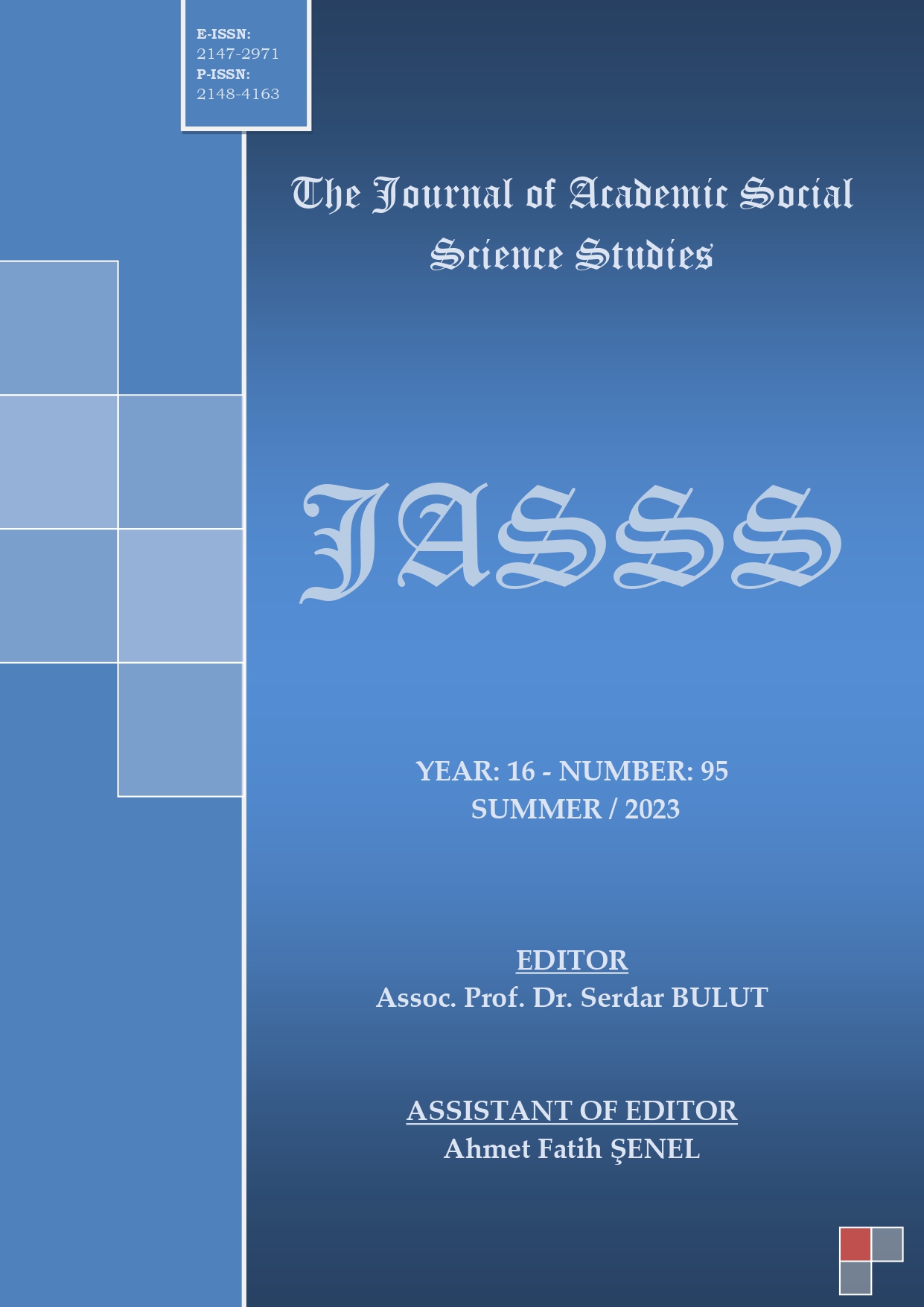GELENEKSEL İRAN MİMARİSİNİN YÖRESEL YAPI BİLEŞENLERİNDEN BİRİ OLAN RÜZGAR BACALARI VE GÜNCELLENEREK YAŞAMA DÖNDÜRÜLMELERİ ÜZERİNE BİR DENEME
Author :
Abstract
Fosil yakıt kaynaklarının azalması, yeryüzünün ısınması ve enerjiye erişim maliyetindeki artış insanların en önemli endişelerinden biri haline gelmiştir. 1995 -2011 yılları arasındaki dünya nüfus artışı, çok fazla karbondioksit gazının üretimine sebep olup, büyük çapta hava kirliliğine yol açmıştır. Binalar tek başlarına dünya enerjisinin %40’ından fazlasını tüketmektedirler. Isıtma ve soğutma için kullanılan enerji, tüm binaların tükettiği enerjinin %60’ını kapsamaktadır. Soğutma ve ısıtma için enerji tüketiminin azaltılması, maliyetleri önemli ölçüde azaltabilecektir; bu durum enerji tüketimini azaltan teknolojilere yönel ilmesine yol açabilir. Dünyada bilinen tüm doğal enerji kaynaklarının arasında, rüzgâr enerjisi binalarda enerji tüketimini azaltmakta, kullanılabilecek en iyi doğal kaynaklardan biridir. Bu yeşil enerji sadece sıcak sezonunda bizim konforlu bir alan sağlamakla kalmaz, aynı zamanda enerji tüketimi olmadan bina içindeki kirlenmiş havanın yerini değiştirip ve kullanıcıların sağılığını korur. Ortadoğu ve özellikle İran’ın sıcak bölümlerinde yer alan ve güneş kaynaklı bir akış olan rüzgârı kullanarak bu binalarda geçmişte yaşayan insanlara konfor sağlayan rüzgâr baca fikrini bölgede yeni yapılacak binalara taşıma ve günümüz binalarında bu geleneksel sistemin güncellenmiş biçimlerinden faydalanmak, bu makalenin temel konusunu ve amacını oluşturmaktadır. Bu doğrultuda, rüzgâr bacalarının tanımı, çalışma ilkeleri ve tipolojileri bu çalışma kapsamında incelenmiştir. Ayrıca önerilen, güncellemiş ve verimi arttırılmış rüzgâr baca örnekleri üzerinde yapılan dört deney ve sayısal analizler neticesinde, geleneksel rüzgâr baca fikrinin, günümüzdeki binalara uyarlanması konusunda ilgili çevrelerde bir farkındalık yaratılmaya çalışılmıştır.
Keywords
Abstract
The decrease in fossil fuel resources, the warming of the Earth and the increase in the cost of access to energy have become one of the most important concerns of people. between 1995 and 2011 resulted in the production of a lot of carbon dioxide gas. It is responsible for consuming more than 40% of the world's energy per building. The energy used for heating and cooling covers 60% of the energy consumed by the entire building. Reducing energy consumption for cooling and heating can significantly reduce costs; This may lead individuals to turn to technologies that reduce energy consumption. Low energy use has led to the emergence of a branch of architecture called low energy architecture. Wind is a free and valuable force that can be used for sustainable architectural purposes. Despite the importance of using inactive systems for heating and cooling buildings, wind towers have faced a lack of interest from architects, as well as excessive research costs and government attention to this section. Current evidence indicates that there is not enough research on the modern use of traditional wind catchers, especially for hot and dry climates. The main purpose of the study is that today’s many problems that have become environmental problems have solutions in traditional architecture so, it aims to use the idea of wind catchers, which is a system based on architectural solutions and works with natural energy sources for air conditioning in traditional buildings in the Middle East and especially in the hot regions of Iran, and benefiting from these systems in today's modern buildings in an advanced way. In this direction, the definition, location, working principles and typologies of wind chimneys will be investigated within the scope of this study. In addition, as a result of a series of experiments and numerical analyzes on the designed modern wind chimney, it has been tried to adapt the traditional wind chimney idea to today's buildings.





